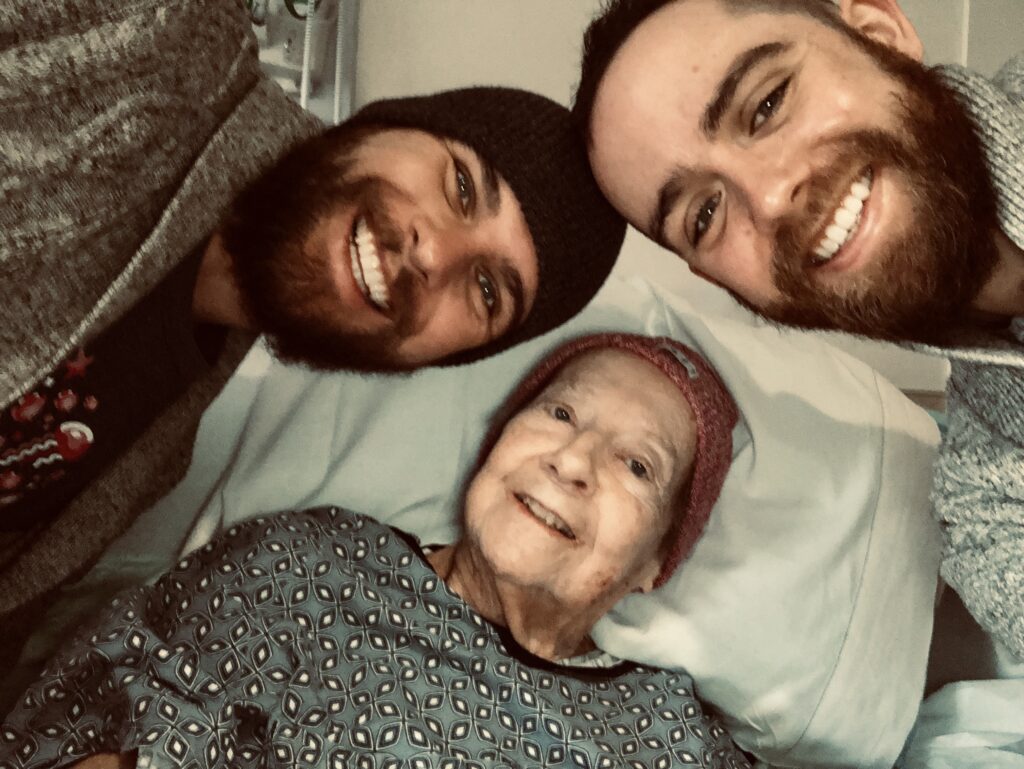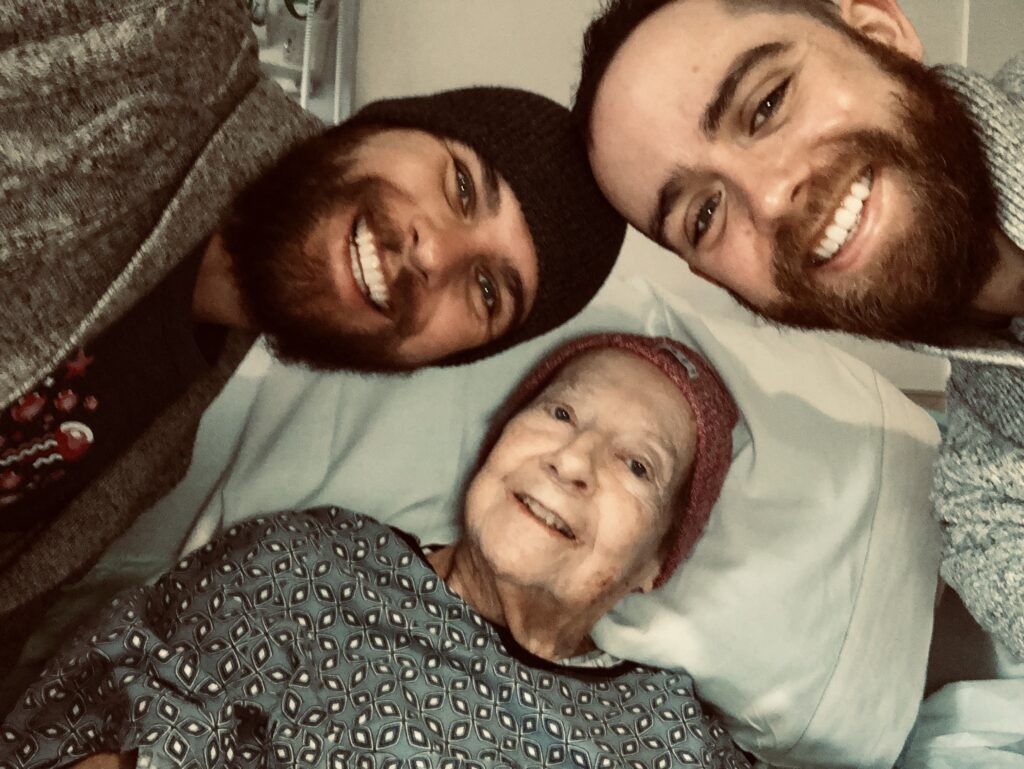One of the more heartwarming moments of my journey building NanaGram was totally unexpected. A few months after launching, I built a way for customers to post reviews. These automatically get posted to the home page. Within a couple weeks, two customers sent reviews mentioning how their loved one has dementia and they’re using NanaGram to help fight the disease.
Dad loves getting mail and Nanagram is so personal and meaningful to him. Getting pictures of his grands helps him fight his dementia and he feels like he’s in the loop. He recognizes his great grands and remembers soon to be in laws. NANAGRAM MAKES IT SO EASY.
Hello–I’m responding on behave of my mother, known as “MarMar” to her grandchildren. My mother is challenged with a form of dementia that has made managing her electronic devices (mobile phone, computer, etc.) a bit difficult. One of her main frustrations has been how to view, download & enjoy the photos she receives via text or email. My mother was DELIGHTED beyond words when she received her 1st packet of NanaGram photos. And could not believe it when I told her she would receive a fresh packet of photos every month. “What a beautiful treat this will be!”, she told me over the phone. “I am just so tickled!”. For my mother, NanaGram has become an instant success. And from a user experience for me & my siblings, whom I’m sharing this with, it couldn’t be easier. I really appreciate that I can invite others to participate. So key when your family is spread across several states. And it’s so great that we can upload via text or email – super convenient. And I LOVE that we can add captions to the photos, even edit the captions after they’ve been uploaded. We added names dates to our captions which really helped my mother understand the context of each photo. NanaGram has solved so many issues & reduced a great deal of stress. Thank you for this service.
NanaGram was never intended to be a tool for people with dementia but it’s clearly helping people struggling with the disease.
Dementia is a disease that is close to my heart, as my late 95.5-year-old grandmother was diagnosed with Louie body dementia around age 90. My brother and I originally built NanaGram as a gift for our grandfather when he turned 94, but looking back on the past year it was my grandmother who benefited from the regular photo deliveries most.

My grandmother loved all of her grandkids, but clearly her favorites were her great grandkids. When I visited, she always had a standard line of questions for me:
- How’s Katie? (My wife)
- How’s your car running?
- How’s George? (My friend and neighbor)
- How many customers now? (She loved watching NanaGram grow)
- How’s the baby?
My sister has two kids. When her first was born, my grandparents affectionately called him “the baby”, even when he was three. Luckily for grandma, my sister had a second baby. When my niece was born my grandmother could just keep asking, “How’s the baby?“
Dementia and other memory diseases are misunderstood. In the last year of my grandmother’s life, I often got the sense from the health care folks at hospitals and nursing homes that my grandmother was a lost cause. They’d often misinterpret her questions as confusion, when really they weren’t trying hard enough to understand the true nuance of her words.
Even though she had dementia and it worsened over time, I noticed she did have a keen memory and passion for life. Sure, her short term memory wasn’t very good. She’d often ask the same question multiple times in conversation. However, I was amazed by her ability to form new long-term memories. Up until weeks before she passed away, she was still circling back with me on things I’d told her days or weeks before.
In the last year of her life, my grandmother moved around between nursing homes and hospitals, but a constant in her life were our faces. Our family took turns visiting her on rotation, making sure someone visited her at least every 48 hours. She’d almost always have a display of photos in her room, featuring the latest happenings, some photos with captions to add context.
NanaGram automates the delivery of printed photos to a specific address every month. You can change the address at-will each month. This worked fine when my grandmother was in an assisted living facility, but whenever she went to the hospital and later was in rotation at various hands-on nursing homes, I couldn’t really ship the photos easily. I tweaked the product for myself so I could upload the photos to a local Walgreens 1-hour print (and later, a printer in my house) and pick them up on the way to visiting her.
Often, my wife Katie would go with me on these visits. Grandma loved 5-Guys. We’d stop on the way to get her a burger (no onions!) and her favorite Oreo shake. And a burger and fries for us, of course!
NanaGram photos kept Grandma connected to the outside world. Going through the photos sparked conversation about things Grandma saw recently in the news or memories of Grandpa. When we went home, we’d leave the photos with her. We’d hang them up on the walls, tape them to the furniture, and put photos in an album. This gave my grandma’s caretakers a way to get to know her more and made it easy for her to brag.
Paul Graham, one of the founding partners of YCombinator, offers some great advice on this topic of people using products in unintended ways.
One of the most useful questions you can ask in a startup is: How is what users want different than you expected? Are people using your product in unexpected ways? Are different people using it than you expected?
— Paul Graham (@paulg) April 6, 2019
It’s likely I’ll make this local, 1-hour photo pickup feature available to all NanaGram customers soon. Even if it only helps a couple customers, it’ll be worth it.

